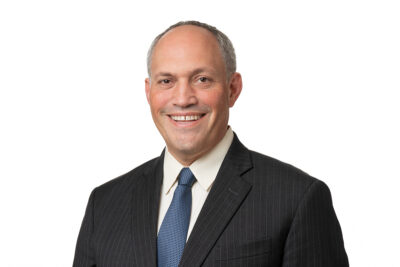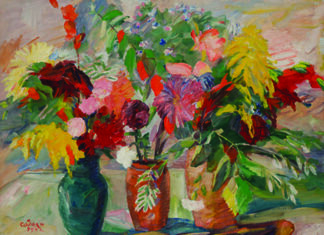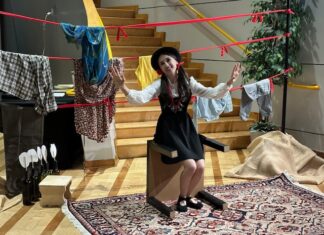By Taleen Babayan
Special to the Mirror-Spectator
NEW YORK —For the first time in the history of the Metropolitan Museum of Art, a large-scale exhibition dedicated solely to the Armenian history and culture in the medieval period will take place in the fall. Curated by Dr. Helen C. Evans, “Armenia!” will cover the 4th to 17th century and portray the significance of Armenian art to the world during the Middle Ages.
Opening on the 27th anniversary of the Republic of Armenia’s independence, the exhibition will be on view from September 21, until January 13, 2019 and will feature some 140 Armenian works of art from around the globe.
The Mary and Michael Jaharis Curator for Byzantine Art at the Met, Evans has curated many significant exhibitions during her tenure, including “The Glory of Byzantium (843-1261)” in 1997 and “Byzantium: Faith and Power (1261-1557)” in 2004, that included major works of Armenian art. She also co-curated the Morgan Library and Museum’s 1994 exhibition, “Treasures in Heaven: Armenian Illuminated Manuscripts.” Thanks to Dr. Evans’s efforts, Armenian art is also now installed in The Met’s permanent galleries of medieval art.
Evans, who received her PhD from the Institute of Fine Arts at New York University, has taught courses on Armenian art at Columbia University and currently serves as president of The International Center for Medieval Art (ICMA).











